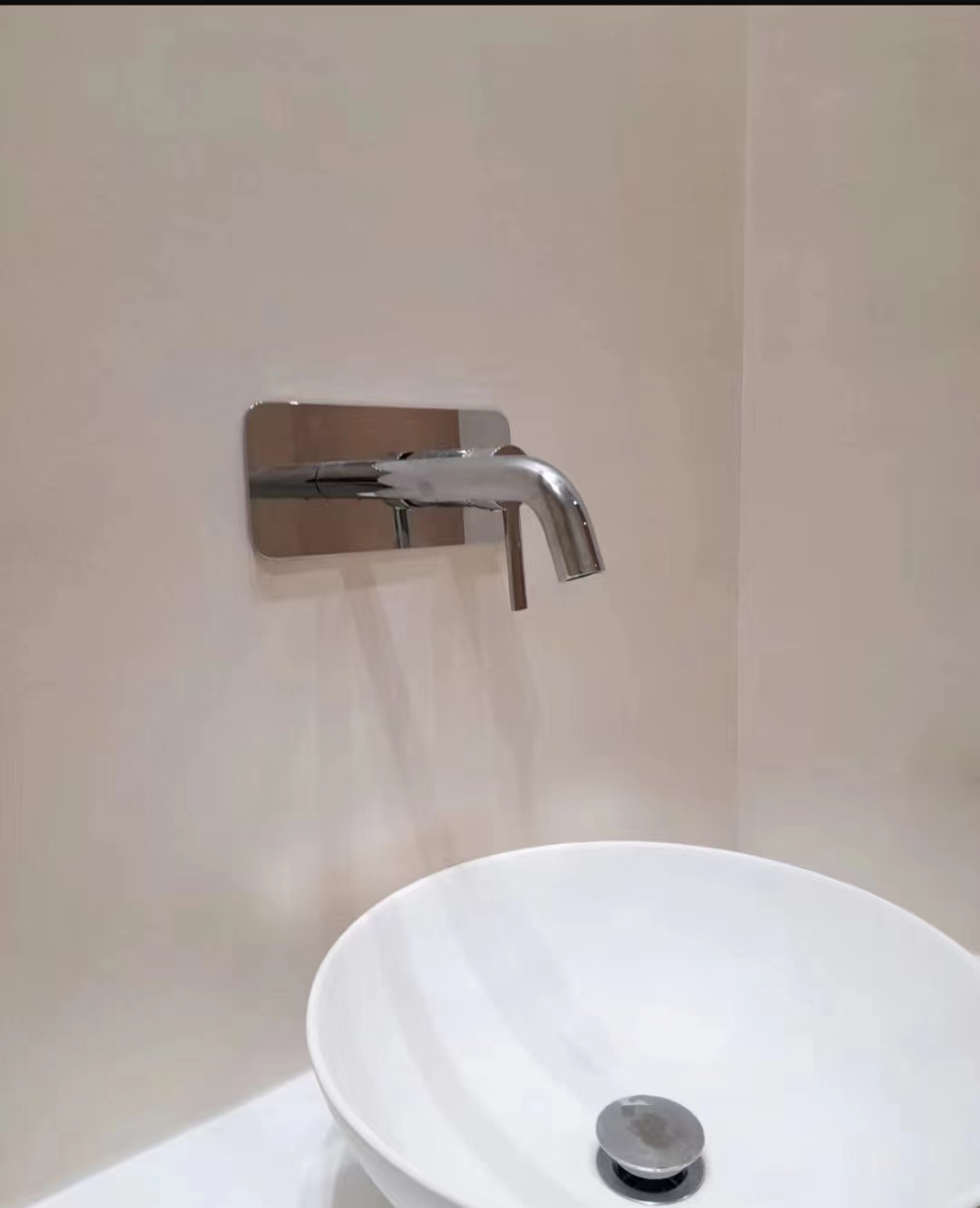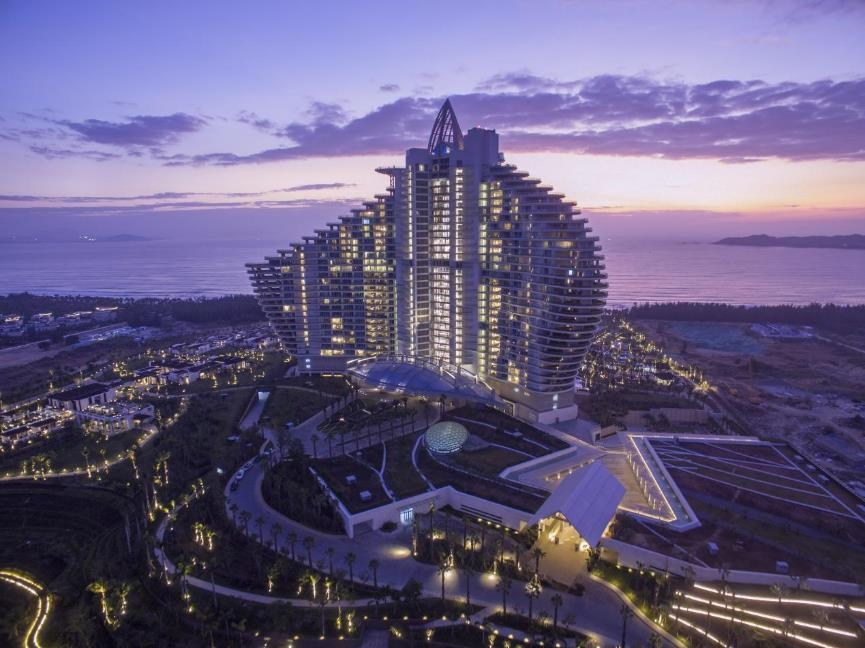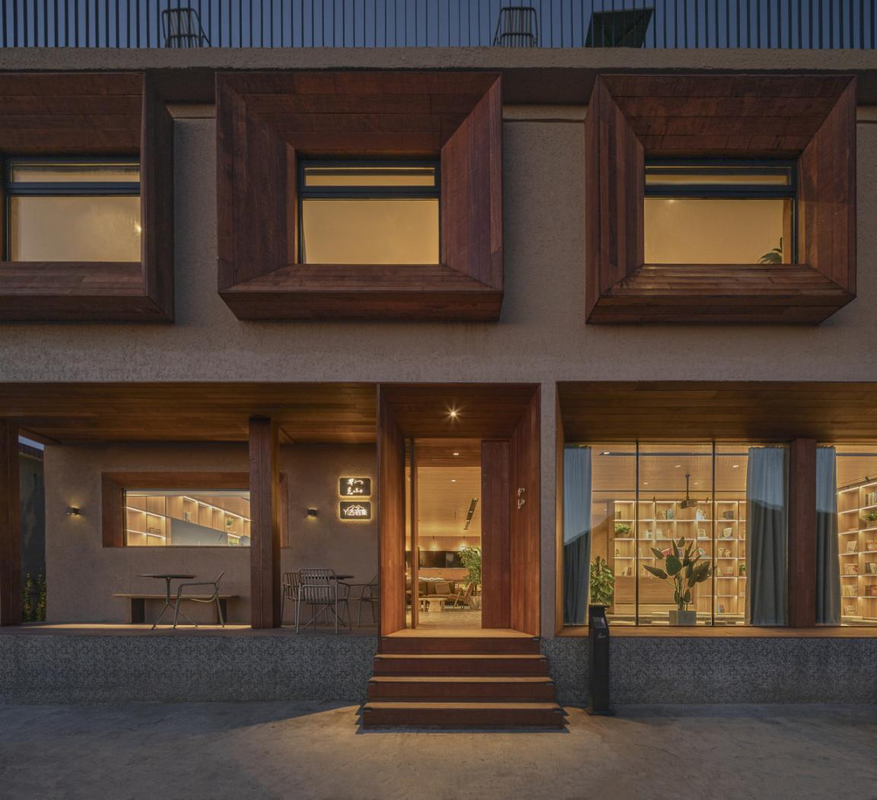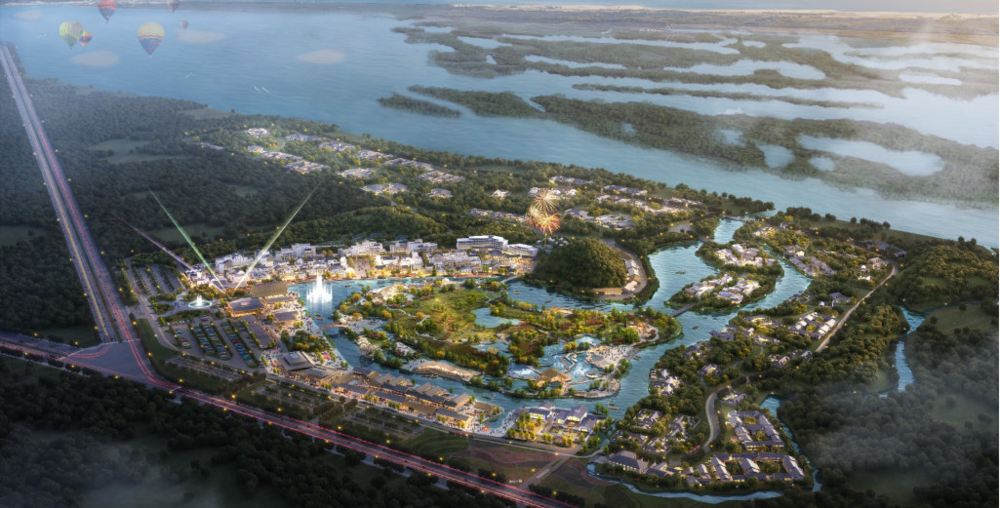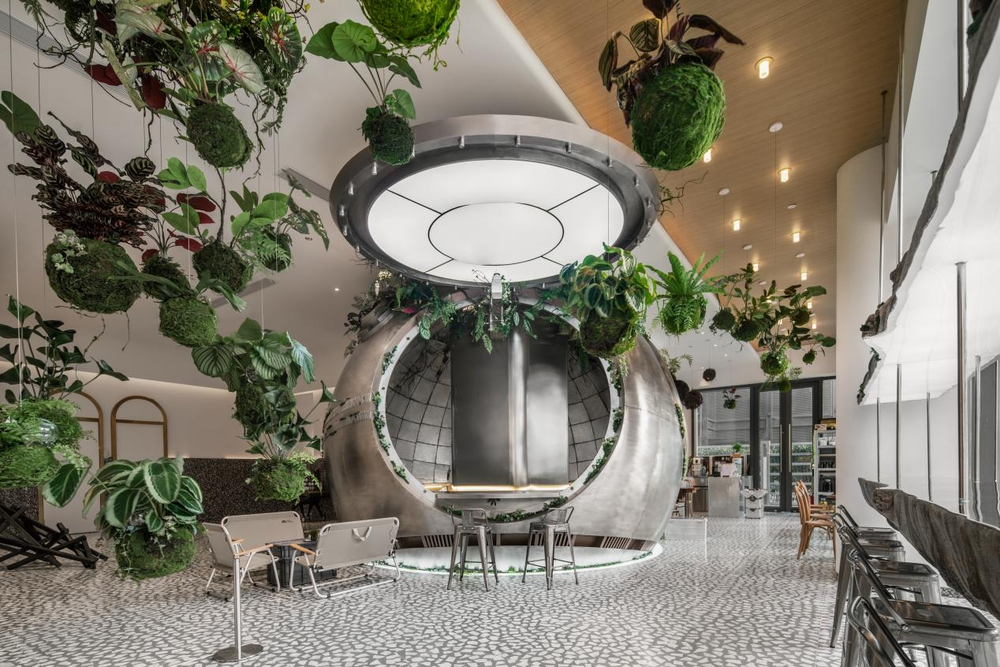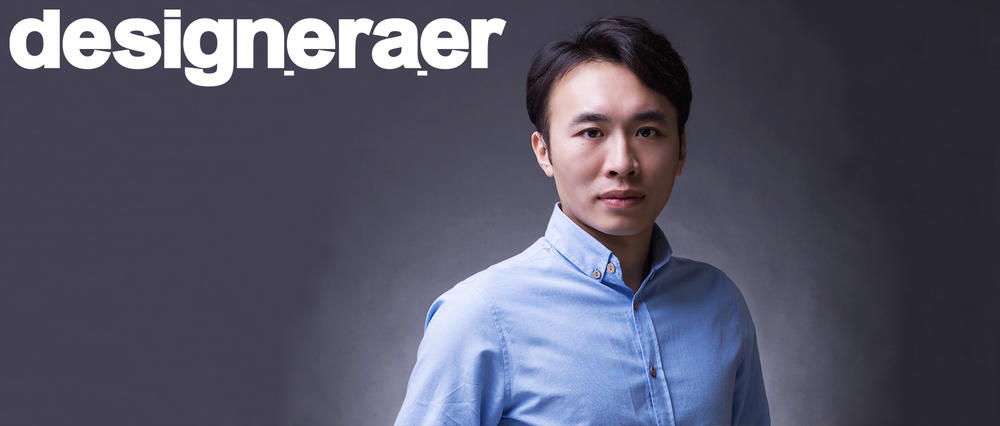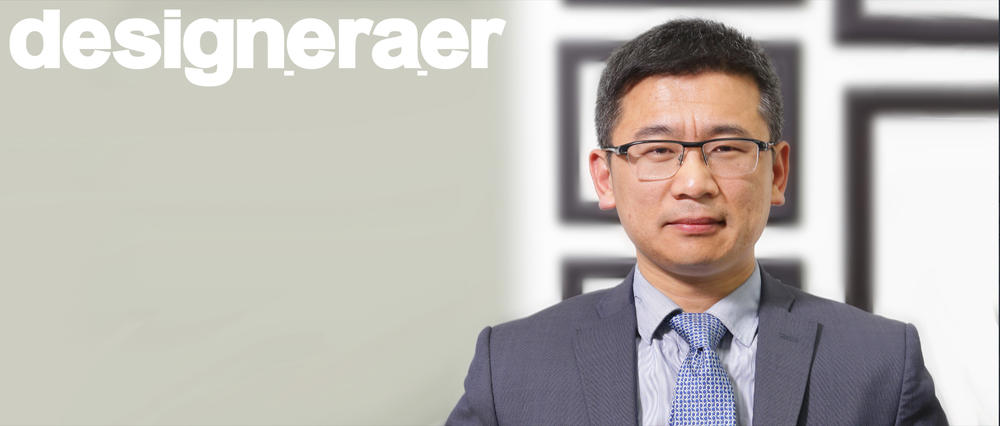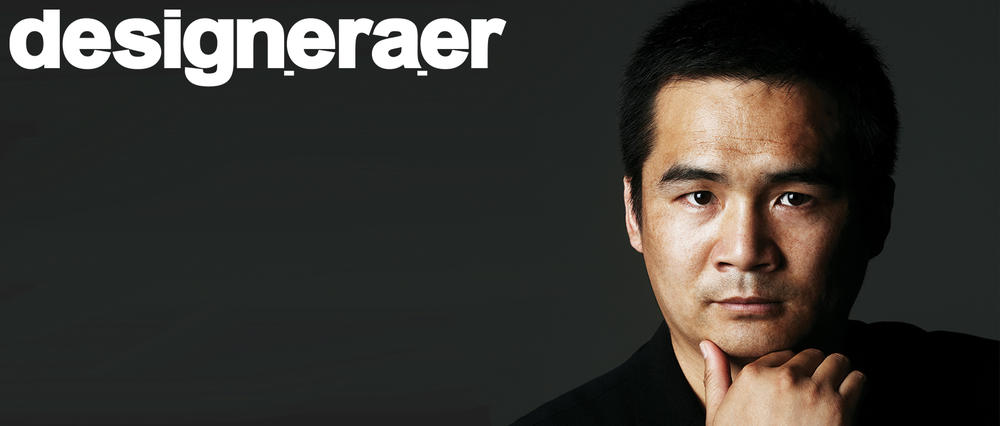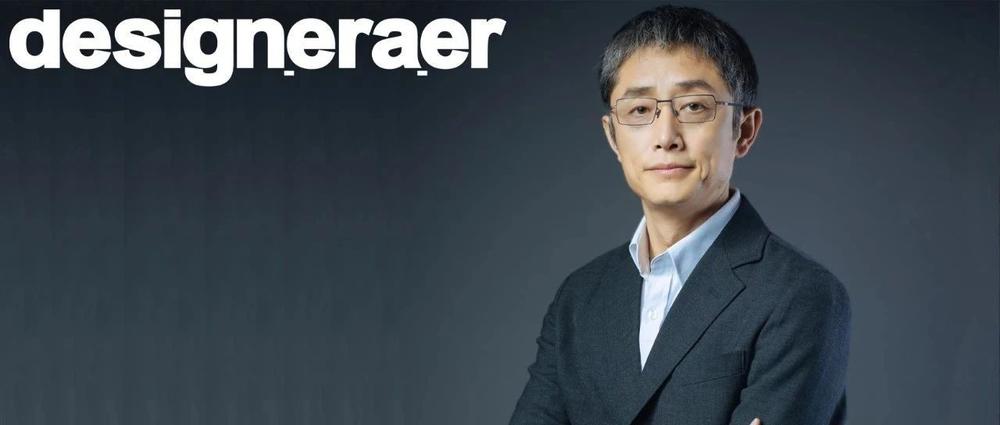THE AMBASSADORS
Author:Laura Bailey
Supervisor:Peter Brew
The Ambassadors by Laura Bailey is situated across two office towers located on the corner of Bourke and Queen Street.
160 Queen Street acts as a refurbished office space inside of Bates Smarts Sleigh House, for Meta-Forms technologies.
An office that is concerned with where themetaphor holds a place in architecture.
The office explores the confusion ingrained in language and that which we identify attempts to purge and restore architecture to purely the description of things – this conflation of the description provides a rich field of study.
Meta-forms technologies have been formulating an office tower just across the road at 160 Queen Street. A seemingly ordinary tower by appearance, the tower acts a mnemonic repository of architectural metaphors literally constructed.
Through accessing the building we gain an understanding of the objects situated
within the tower, conflating the idea and object.
本方案选址位于博克街与皇后街的街角处两栋写字楼之间。皇后街160号被Meta-Forms科技公司重新整修后作为其在Bates Smarts Sleigh之内的办公空间。
这家公司旨在研究建筑语言中的模糊性,意图净化并将建筑学回归到对事物的纯粹描述——建筑语言的归位合并是一个具有极其研究价值的领域。
Meta-forms科技一直尝试在皇后街160号建立一座大厦,一座看上去平平无奇,却能被当做记忆贮藏空间的大厦。漫步其中我们将体会到回忆与物件之间不同层级的结合。
Author
Alex Roome
The project is intended to speak back to the discipline and profession around the framing of aboriginal relationships, through and with housing and with a reframing of the terms under which engagement is undertaken.
I am mindful that this is a contentious issue, that there is a history of external professions and organisations speaking for and about Aboriginal communities and people in ways that deny voice and agency to those communities.
My intention then is, as above, to conduct a conversation within architecture,
and between architects.
The building has been designed in response to three key attributes inherent in Wilcannia’s Aboriginal community, they are:
1. The ability to cope with significant population flux
2. The house as a piece of infrastructure to live around more so than within
3. The highly communal social structure of the indigenous community
The proposal aims to be the white noise in the background of something far more beautiful.
The real architecture is the Indigenous inhabitation, what I can provide instead is a site that has assets that can be used in a direct way and that is available.
以界定和概括学科与本土之间的关系为核心论点,本方案旨在通过对居住形式的研究和寻求对研究手法的再定义,达到再现与回归建筑学研究本质的目的。
我意识到这一直是一个非常有争议性的话题,历史上许多非业界组织与专业都在为本土社区文化发声,但采用的都是以违背当事人自己的意愿、忽视所使用的媒介合法性的武断方式。故而我的意图是在建筑学的框架内去引导建筑师之间对此类现象的对话及讨论。
本方案选址位于澳大利亚新南威尔士州的一个名叫Wilcannia的偏远小镇,其中我提出了用以研究与探讨居住的社会性的另一种可行的模型。
模型针对当前镇上的房地产分布布局——一种殖民时代的方格细分网状的规划方式——提出了不用的看法。这种布局作为镇上唯一一种规划方式,我们可以预见的未来状况就是你可以在其中拥有居住房屋,但所有的房屋将高度同质化。
本方案的设计目标直接对应于Wilcannia小镇社区文化中的三个内质属性:
1.具有容纳大规模人口增长的能力
2.房屋作为基础设施的属性大于居住属性
3.本土社区高度公共化的社交结构方案设计旨在作为白噪音成为某种更为赏心悦目的宏观客体的点缀。
对我来说真正的建筑根植于本土化的居住文化之中,而我能做到的是在方案设计中具象化这种文化。
BEYOND THE SELFIE
Author:Louis Nuccitelli
Supervisor:Christine Phillips
Social media has inherently allowed us to create cities that are no longer for us. Cities once places imagined through stories and first-hand experiences are now constructed through a patchwork of imagery fed to us via social media.
We carry multiple cities in our pockets populated by the views of people we may never know.
What are the architectural consequences of this condition?
My major project explores this through a re-assemblage of Melbourne as a unified whole; a cultural quilt of what is deemed “instagrammable”.
This taxonomy of fragments of Melbourne’s architecture are re-formed and dispersed across the former Melbourne City Square.
Placing the familiar in an unfamiliar setting to create a new civic architecture, layered with a collective memory of Melbourne.
Beyond the selfie is presented as what happens when we put our phone back in our pockets.
Within the scenes, plays carry on within the play.
Where we are the actors and the city is our stage, Instagram is our global theatre.
社交媒体从本质上赋予了我们创造自己无法栖身之中的城市的能力。曾经需要亲身感受才能获得一手体验的城市如今在社交应用上通过各种美化的图像被无限量供应。我们兜里揣着由素未谋面之人创造的各种城市。那么从建筑学的角度来看,这种现象会导致怎样的结果?
我的毕设方案就以此为议题,通过重构墨尔本为一个统一整体的研究手法,通过去定义什么是可以被“社交网络化”,来尝试回答这个问题。这种以墨尔本各类建筑为基础的分类手法在过程中被改革与再分配,通过用全新角度来诠释的熟悉事物而创造新的体验。
本方案旨在呈现出一种结果,“如果我们把手机一直放在裤兜里,我们会看到怎样的风景”的结果。
在不同场景中,“表演中的表演”在持续地进行,我们是演员,城市就是我们的舞台,而社交网络就是我们的全球巡演。
BEAT THE CLOCK!
TALES OF AN URBAN CENTRELINK
Author:Tess O’Meara
Supervisor:Adam Pustola
This major project seeks to confront public discourse and the collective imaginary, playing as public opinion counterweight to power,
by challenging policy and the reality of its architectural outcome.
It is a proposed Centrelink for the CBD, where the major policy changes to the 2017-2018 Australian Federal Budget are assumed as the project brief.
Typical institutional planning and organisation is then scrutinised and reconfigured
in favour of a truly democratic architecture; one where the successes and failings of Centrelink’s current systems of processing are made legible to the outside world.
The ambition of the project is ultimately to reinforce the disparity between the typical goals of an institutional architecture;
one that puts things in order, cleans things up and makes them right;
versus the day to day reality of the Centrelink branch.
It is a project grounded in the notion of ‘a critical architecture’, one that sees to the protection of freedom of speech in addition to the protection of cultural,
scientific and artistic production.
It fosters a sense of healthy democratic scepticism, and highlights that ‘a critical architecture’ is one that punches up—and currently,
in architecture, there is simply too little punching up.
本毕设方案寻求直接与公众叙述及集体印象直接对质,以公众的视角寻求对权威和公共政策的挑战,以求改变其对于建筑学的影响。
方案提出了在市中心设置一个福利署,任务书基于2017-2018澳大利亚联邦预算书。
制度固有的规划组织方式在方案中被质疑,并以一种更民主的方式进行了再配置,让福利署现有的政策和决策能更清楚地被公众监督。
方案目的是为了最终将建筑设计——一种能够将秩序具象化的工具——与福利署的真实运作情况对应起来。
WORK, WORK, WORK
Author:Nicola Cortese
Supervisor:Peter Brew
This project is concerned with the architectural axiom, form follows function;
an axiom that suggests that there is interdependence between architecture
and program.
In this project, I focus on the office building and office work and the contradiction that is presented between the type and the aforementioned axiom.
The body of research is made up of a series of studies informed by historical and contemporary inquiry into the sociology of work,
these include but are not limited to Richard Boyatzis, AMO,
Cheetham and Chivers & Marina van Zuylen.
It explores work through recognising architecture as a research collaborator that embraces and materialises a traditional scientific approach.
It challenges why we conceive of work as undifferentiated or empty and the architects role within this.
In a sense it is a polemic against the office building type as it is currently understood,
which seems to be a store of capital,
and as a totem but not as a place of human occupation.
The project allows us to realised that so much of work is not only the productive job we do but the training and personal development that comes with it.
Perhaps if we can better understand this, we can start to allow the office type formally develop to the specific needs of work and the worker.
We can begin to address work as a human issue rather than a productivity issue.
本方案探讨了建筑设计的一个公理——形式遵从功能,这个公理的底层逻辑是建筑与功能之间必须互相依赖。
方案中,我基于一座写字楼的案例来展示建筑形式与所提及的公理之间的矛盾点。研究主体由一系列对传统与当代工作方式的研究组成,其中包含了Richard Boyatzis, AMO,Cheetam, Chivers & Mariana vanZuylen等。
方案通过认可建筑作为研究合作者的身份及其拥抱并具象化传统科学方式的事实以探寻工作的本质,论证我们为何将工作视为无差别甚至虚无,以及建筑师在其中扮演的角色。某种意
义上来说,这包含了对当下写字楼的意义的抨击,因为它看起来更像是一个图腾而不是一个供人使用的地方。
方案让我们意识到工作并不只意味着输出,我们同样通过工作获得了技能训练以及个人发展。如果我们能更正确地看待这种概念,我们将更好的打造我们的工作环境,将其从生产力问题转化为人与人的问题。
